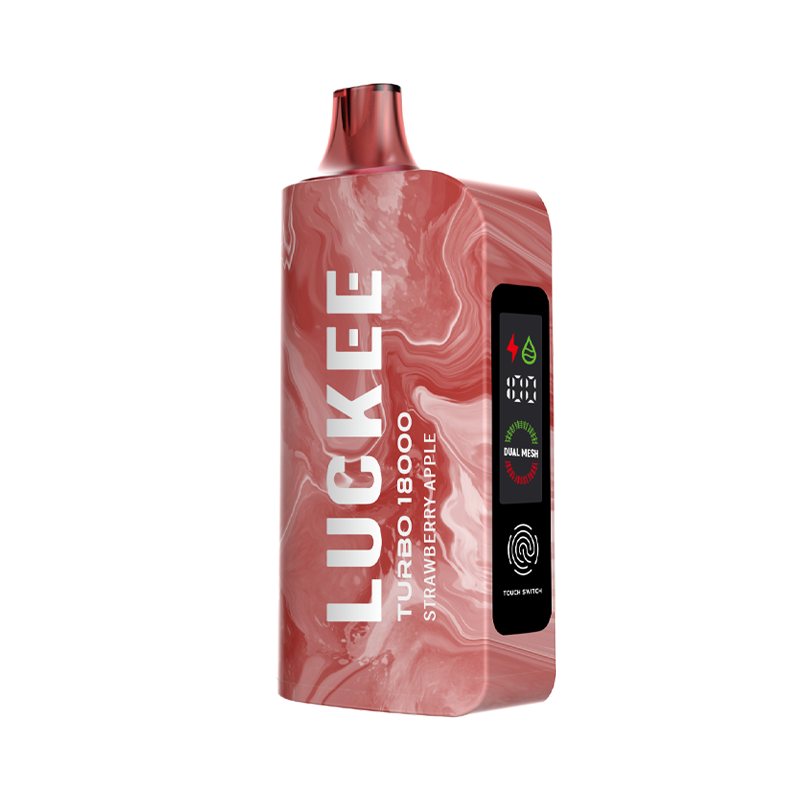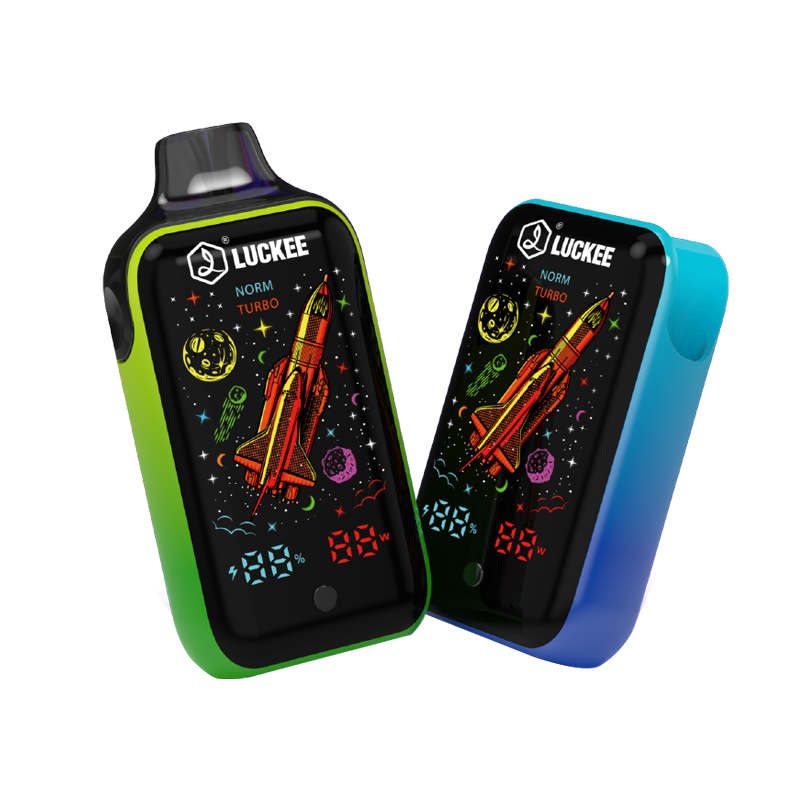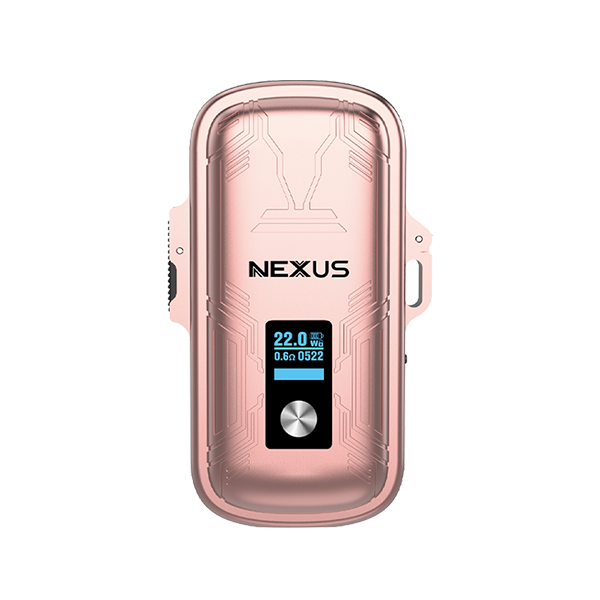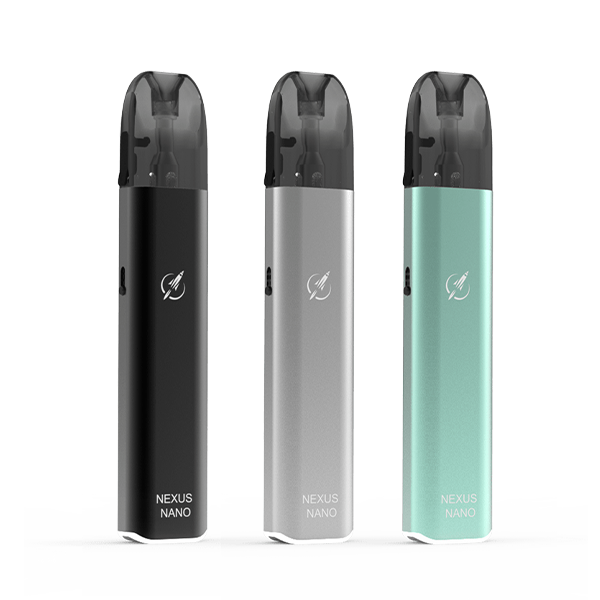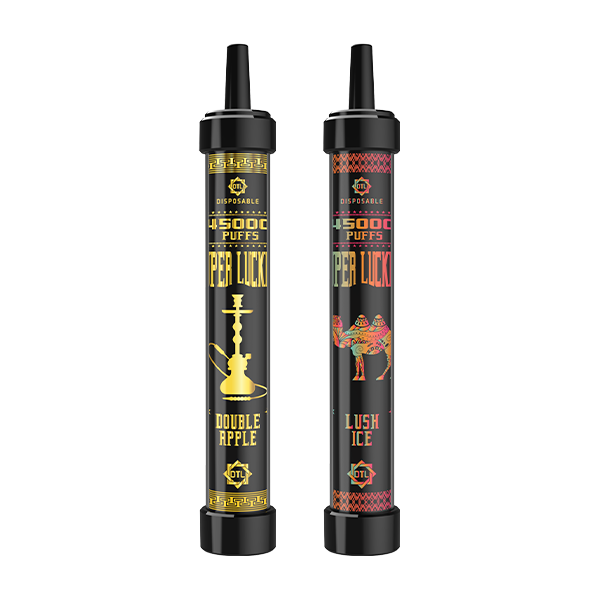Parents Are More Likely to Know When Kids Smoke Than When They Vape
A major national study conducted by researchers at the University of California, San Francisco (UCSF) has revealed a striking insight: while most parents can tell if their child smokes cigarettes, they are significantly less likely to recognize when their child is using e-cigarettes or other tobacco products.
The study analyzed data from over 23,000 adolescents between the ages of 12 and 17 and discovered that parental awareness was much lower when teens used products like e-cigarettes, smokeless tobacco, or non-cigarette combustible items such as hookahs or cigars. In contrast, parents were more likely to detect tobacco use if their child smoked traditional cigarettes or multiple tobacco products.

Published on October 4 in Pediatrics, the research also highlights the protective effect of tobacco-free home environments. According to the study, teens were less likely to start using tobacco when households enforced clear, strict rules banning tobacco use for everyone living there. Simply talking to kids about avoiding tobacco use proved far less impactful.
“Tobacco-free homes have long been known to play a significant role in preventing youth smoking,” said Dr. Benjamin Chaffee, DDS, MPH, PhD, lead author and associate professor at the UCSF School of Dentistry. “What hasn’t been fully explored until now is how such household rules compare to other strategies, especially regarding non-cigarette tobacco products.”
Chaffee emphasized that youth tobacco use remains a serious issue that healthcare professionals—including dentists—should take seriously in prevention efforts.
Over the last ten years, youth smoking patterns have shifted dramatically. While cigarette smoking rates have dropped, e-cigarettes use has surged. Recent CDC data indicated that more than 25% of U.S. high school students reported vaping.
Using data from the Population Assessment of Tobacco and Health (PATH) Study, researchers explored both parental awareness and the effectiveness of household tobacco-use rules. The scope of the study included traditional cigarettes, e-cigarettes, smokeless tobacco (such as chewing tobacco, snuff, and dissolvable nicotine), and alternative combustibles like pipes and bidis.
Key findings showed that parents were more likely to recognize tobacco use if the child was male, white, older in age, lived with another tobacco user, or if the parent had lower educational attainment. Mothers tended to be more aware than fathers.
Moreover, teens living in homes with the strictest anti-tobacco rules were 20% to 26% less likely to initiate tobacco use compared to those in more lenient environments.
Based on their findings, researchers offered several recommendations for parents:
-
Refrain from using tobacco themselves
-
Make the entire home a tobacco-free zone
-
Establish and enforce strict no-tobacco rules for all household members
-
Engage in direct, clear communication with their children about avoiding tobacco
“Public concern over youth vaping is growing, yet many parents remain unaware of their children’s e-cigarette use,” said co-author Tsu-Shuan Wu, a dental student at UCSF. “Regardless of the type of tobacco product, youth usage poses significant health risks, and parental involvement is a vital part of prevention.”
Wu added that tobacco-free home environments help establish expectations and social norms around non-use, and healthcare professionals should make educating parents a key part of any tobacco-prevention strategy.
Funding for this research was provided by the National Institutes of Health (grant U54HL147127) and the Delta Dental Community Care Foundation.
As a leading institution devoted exclusively to health sciences, UCSF aims to advance global health through cutting-edge research, graduate-level education, and outstanding clinical care. UCSF Health includes nationally ranked hospitals and specialty care programs across the San Francisco Bay Area.
References:
Parents Less Aware When Their Kids Vape Than When They Smoke



